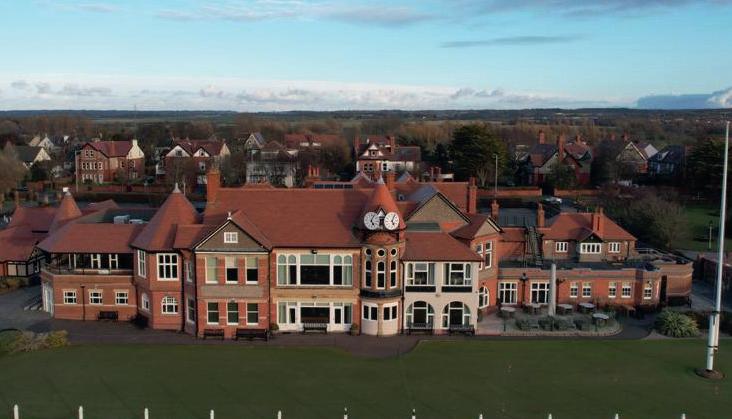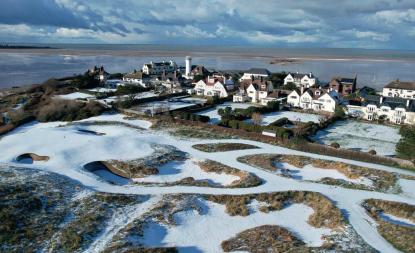
2 minute read
Fast acting PGR
three to eight, utility vehicles seven to fifteen and triple mowers from three to six. The extras are being kindly donated from John Deere and Toro, and each manufacturer will be supplying a mechanic to help Phil keep everything sharp and operational.”

The devil is in the detail
As turf nerds, we all like to know a little data around benchmarking, especially for a Championship. Bledge informed me the height of cut on the predominantly bent greens are currently 4.5mm and will be dropped to tournament height a few weeks leading into the event. The R&A’s goal tends to be around 10 feet 6 inches on the stimpmetre, of course this is wholly dependent on moisture levels and prevailing weather conditions. To achieve this, the team will not be planning on excessive rolling, but instead favouring hand mowing single cut, double or triple cut to achieve the desired results.

Collars and approaches are currently at 7mm, and fairways are currently cut at 11mm but will most likely be reduced to 10mm for the event. Roughs are cut at two inch and deeper rough cut at four inches. As we discussed all things cutting heights, Bledge hinted that wouldn’t it be amazing if heights of cut could be more uniform at around 7mm or 8mm throughout the course from tee to approach in the future (watch this space for future update)?


The greens have been dry jetted four times over the last twelve months, with the help of Ken Siems; with shallow sand injected over deep injecting, as the organic levels are better deep down. It’s all about firmness, with Clegg hammering at 115 gravities now and The R&A will be hoping for significantly greater firmness than that for the Championship. Bledge plans to dress greens once more before the tournament, but have been applying approximately two hundred tonnes a year historically which has helped.
Sustainability
Obviously, all turf managers understand their responsibility for sustainability and environmental awareness, and Bledge and his team are no different. The club has already gained it’s GEO certification, but the team have not rested on their laurels in driving even more great environmental projects recently. One such project is sand harvesting from site.
Bledge explained, “We use approximately 3,000 tonnes of sand every year for our topdressing programmes and bunker sand topping up.” He went on,” We dress greens, collars and approaches, tees and fairways regularly and so get through quite a bit in a year! Not only would it cost the club a fortune to buy all that sand, but it would cause an impact on the environment, hauling all this material around the country to get it to us.” As well as using harvested sand from the golf course, the team use any waste material gained from around the course when conducting remodelling works (primarily bunker revetting works) and re-use once it has composted down. “We use this for all our divoting and it’s another great example of using what we already have on site.” Water consumption is very much a sensitive issue when it comes to turf maintenance. This has been compounded over recent years with drought warnings on the increase up and down the country.











